- Wondering how to get Monopoly GO! free rolls? Well, you’ve come to the right place. In this guide, we provide you with a bunch of tips and tricks to get some free rolls for the hit new mobile game. We’ll …
Best Roblox Horror Games to Play Right Now – Updated Weekly
By Adele Wilson
Our Best Roblox Horror Games guide features the scariest and most creative experiences to play right now on the platform!The BEST Roblox Games of The Week – Games You Need To Play!
By Sho Roberts
Our feature shares our pick for the Best Roblox Games of the week! With our feature, we guarantee you'll find something new to play!Type Soul Clan Rarity Guide – All Legendary And Common Clans Listed!
By Nathan Ball
Wondering what your odds of rolling a particular Clan are? Wonder no more, with my handy Type Soul Clan Rarity guide.
Spirit Stones Review
Generally speaking, match-three gamers don’t run with role-playing gamers or trading card gamers, but Gamevil, one of South Korea’s largest mobile game publishers, plans to alter that. Aiming to make these mismates mingle, Gamevil brings us Spirit Stones, a new three-genre mash-up that bravely blends bits of match-three, bobs of RPG, and driblets of TCG. Although occasionally brought down by repetition and missing sound and interface elements, Spirit Stones basically blows the doors off, thanks to dynamic deck-building and habit-forming combat.
In terms of narrative, Spirit Stones falls on the match-three end of the spectrum—meaning, there’s not much of one. The context is a fairly predictable good-versus-evil kind of thing, with you being tasked with using the power of the Ancient Gods (the Spirit Stones) to save the kingdom of Dulaz (a place that really should be re-named “The Kingdom of Busty Women,” by the look of its subjects). To attain these powerful stones, you must first fight your way through various lands, past all manner of hostile undesirables. Fortunately, you don’t have to do it alone: you get to take a party of your bustiest—I mean trustiest, friends with you.
All joking aside, it’s hard not to notice the ‘amplitude’ of your warriors since Spirit Stones has enthusiastically embraced an aesthetic that’s highly stripperific. Even so, each card displays a great-looking character that’s beautifully rendered, and there are an amazing number of them. (Incidentally, characters, 90% of whom are female, are also rendered in battle as weird—and slightly disturbing—baby-faced-but-boobsy bobble-heads.) Credit should definitely be given since a lot of work was put into creating the gorgeous character art, not only for the base cards, but for their enhanced variants.
(The game’s sound on the other hand, could use some work. Battle result screens seem to be completely lacking music and sound, and the music loop during battle is nothing short of maddening.)
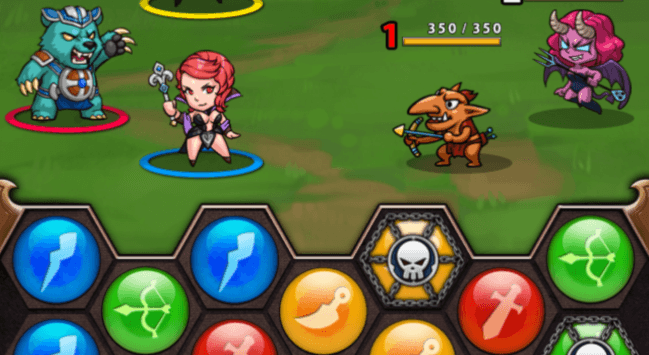
An excellent mash-up of match-three, RPG, and TCG elements
Generally speaking, match-three gamers don’t run with role-playing gamers or trading card gamers, but Gamevil, one of South Korea’s largest mobile game publishers, plans to alter that. Aiming to make these mismates mingle, Gamevil brings us Spirit Stones, a new three-genre mash-up that bravely blends bits of match-three, bobs of RPG, and driblets of TCG. Although occasionally brought down by repetition and missing sound and interface elements, Spirit Stones basically blows the doors off, thanks to dynamic deck-building and habit-forming combat.
In terms of narrative, Spirit Stones falls on the match-three end of the spectrum—meaning, there’s not much of one. The context is a fairly predictable good-versus-evil kind of thing, with you being tasked with using the power of the Ancient Gods (the Spirit Stones) to save the kingdom of Dulaz (a place that really should be re-named “The Kingdom of Busty Women,” by the look of its subjects). To attain these powerful stones, you must first fight your way through various lands, past all manner of hostile undesirables. Fortunately, you don’t have to do it alone: you get to take a party of your bustiest—I mean trustiest, friends with you.
All joking aside, it’s hard not to notice the ‘amplitude’ of your warriors since Spirit Stones has enthusiastically embraced an aesthetic that’s highly stripperific. Even so, each card displays a great-looking character that’s beautifully rendered, and there are an amazing number of them. (Incidentally, characters, 90% of whom are female, are also rendered in battle as weird—and slightly disturbing—baby-faced-but-boobsy bobble-heads.) Credit should definitely be given since a lot of work was put into creating the gorgeous character art, not only for the base cards, but for their enhanced variants. (The game’s sound on the other hand, could use some work. Battle result screens seem to be completely lacking music and sound, and the music loop during battle is nothing short of maddening.)
Beyond the sexy sirens, there’s plenty of interest to be found in building your deck. Starting with a small collection of character cards, you collect more cards as you win battles. Cards come in four rarities: Normal, High Normal, Rare, and Super Rare; and in four classes: Warrior, Mage, Archer, and Thief. Within those classes, the character types are legion: Musician, Pharmacist, Gunner, Spear Man, Knight, Hunter, etc. Each of these has a certain attack power and a certain number of hit points, and each can be equipped with gear that increases these attributes.
The trading card aspect goes even deeper as your deck grows and you learn to Enchant and Evolve individual cards. Enchanting allows you to use cards in your deck to raise a specific card’s level and Evolve allows you to take two identical cards and combine them to make a better base card. Evolved cards can be Enchanted and Enchanted cards can be Evolved, a setup that’s likely to make role-playing fans do a happy little micro-management dance. Both processes take gold as well as cards, but fortunately, battle and mission rewards ensure your coffers are always full.
The only downsides to card management are lack of Enchanting feedback and equipping new gear. When choosing from your deck for Enchanting, some cards will occasionally be grayed out, disallowing you from using them. There’s no explanation why this is, and different screens display the deck in different ways which makes the whole process somewhat confusing. Also, weapons and armor can’t be swapped among characters. This means the only option when earning a new weapon is to destroy the old one.
Anyway, once your characters are Enchanted, Evolved, and equipped, you’re ready for battle. After assigning up to four characters to your party and designating a leader, you pick a stage from a map. This sends your party to the top of the screen where you can watch its bad-assery, and puts a match-three board down below so you can attack. The boards are covered in color blocks in a honeycomb arrangement, and each of your four character classes corresponds to one of the four colors. Sound complicated? Not even. Simply match three.
Spirit Stones‘ match-three play is interesting, since rather than moving the blocks, you’re asked to draw a connecting line among them. Blocks can be connected vertically, horizontally, and diagonally, so long as they’re adjacent, and special skill power-ups can also be linked to create explosive combos. Mastering this idea is the key to taking out bosses and large groups of weaker monsters. It’s genius, because it’s both accessible to casual players and deep enough for those of the more hardcore ilk.
Whatever your experience level, though, it takes a while to earn the titular Spirit Stones. Eastern-made games have a well-earned reputation for expecting players to grind their way through hundreds of repetitive levels, and Spirit Stones is no different. Some players could be turned off by this, since it does take a good amount of patience to replay each stage four times. While this isn’t strictly required, it is highly encouraged since progression demands your characters become powerful enough to win battles, and power demands experience. Don’t worry, it’s worth it. Finishing each lengthy chapter means earning another Spirit Stone, and that means adding even more umph to your characters.
If you’re still on the fence when faced with the word “grind,” here’s some good news for you. Spirit Stones features some of the longest free play I’ve ever encountered. To engage in battle, you need Battle Stamina (the equivalent of energy in other social games). When that runs out, you need to replenish it with gems or wine; what’s nice is that you start the game with five free wines. Even nicer, stamina builds up again at the rate of one stamina point per minute. That’s far faster than many other energy-based games and ensures that you’ll be able to play a good long while before having to spend any real money. In fact, if you treat the hour-long stamina build-up period as a healthy break from gaming, you’ll never have to spend a dime.
Another great thing is the unobtrusive friends system. As you enter into battle, you’ll occasionally run into other adventurers. When you do, you can send them an invite. This is great, because rather than annoy your non-gaming friends, you’re able to find and invite people who are already playing. Once your invitations are confirmed, you can take friends’ leaders into battle with you in a special mode called Hellgate, where you battle special boss monsters for special rewards. You can also battle your friends in online PvP mode and steal their emblems (items collected during the game’s story mode).
Combining the best elements of match-three, RPGs, and TCGs, Spirit Stones presents a hybrid pastime that does what so few social games do—plays like a game instead of a free-to-play business model. And although it sometimes fails to communicate information effectively, lacks a few sound elements, and asks players to grind more than many of them might want to, it overcomes these things by allowing players to play for far longer than most games in the genre and providing gameplay that’s both hypnotic and strategically satisfying.

The good

The bad
More articles...
Monopoly GO! Free Rolls – Links For Free Dice
By Glen Fox
Wondering how to get Monopoly GO! free rolls? Well, you’ve come to the right place. In this guide, we provide you with a bunch of tips and tricks to get some free rolls for the hit new mobile game. We’ll …Best Roblox Horror Games to Play Right Now – Updated Weekly
By Adele Wilson
Our Best Roblox Horror Games guide features the scariest and most creative experiences to play right now on the platform!The BEST Roblox Games of The Week – Games You Need To Play!
By Sho Roberts
Our feature shares our pick for the Best Roblox Games of the week! With our feature, we guarantee you'll find something new to play!Type Soul Clan Rarity Guide – All Legendary And Common Clans Listed!
By Nathan Ball
Wondering what your odds of rolling a particular Clan are? Wonder no more, with my handy Type Soul Clan Rarity guide.








 “
“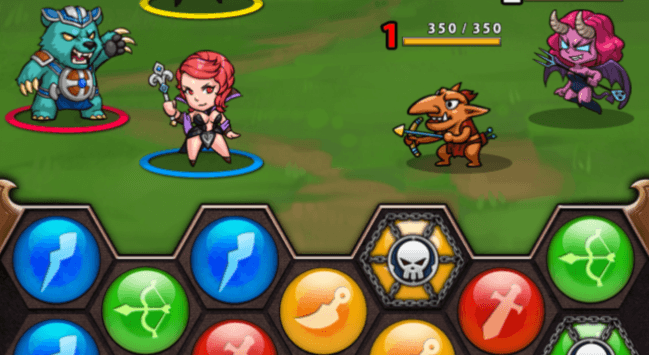 “
“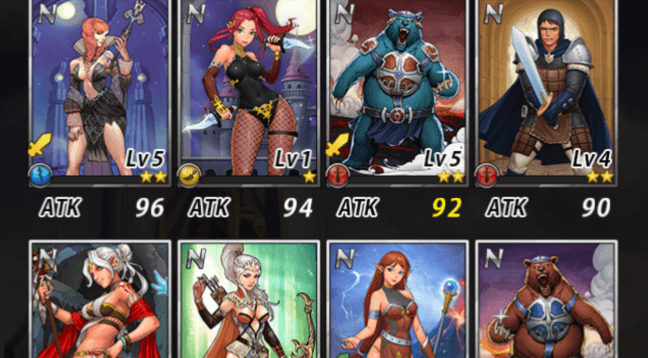 “
“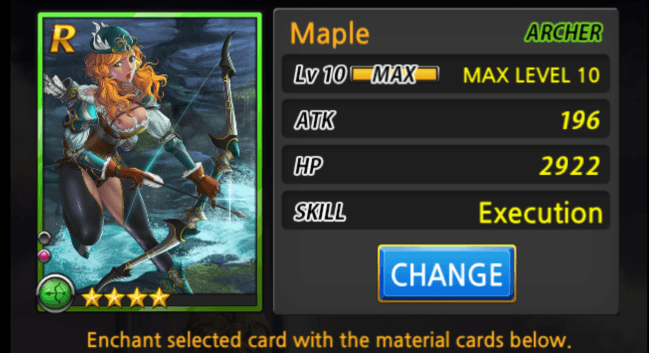 “
“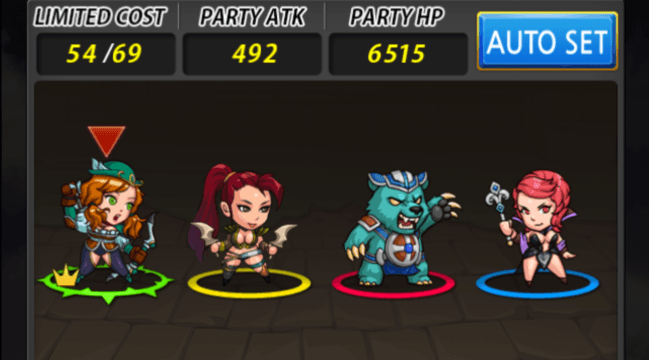 “
“